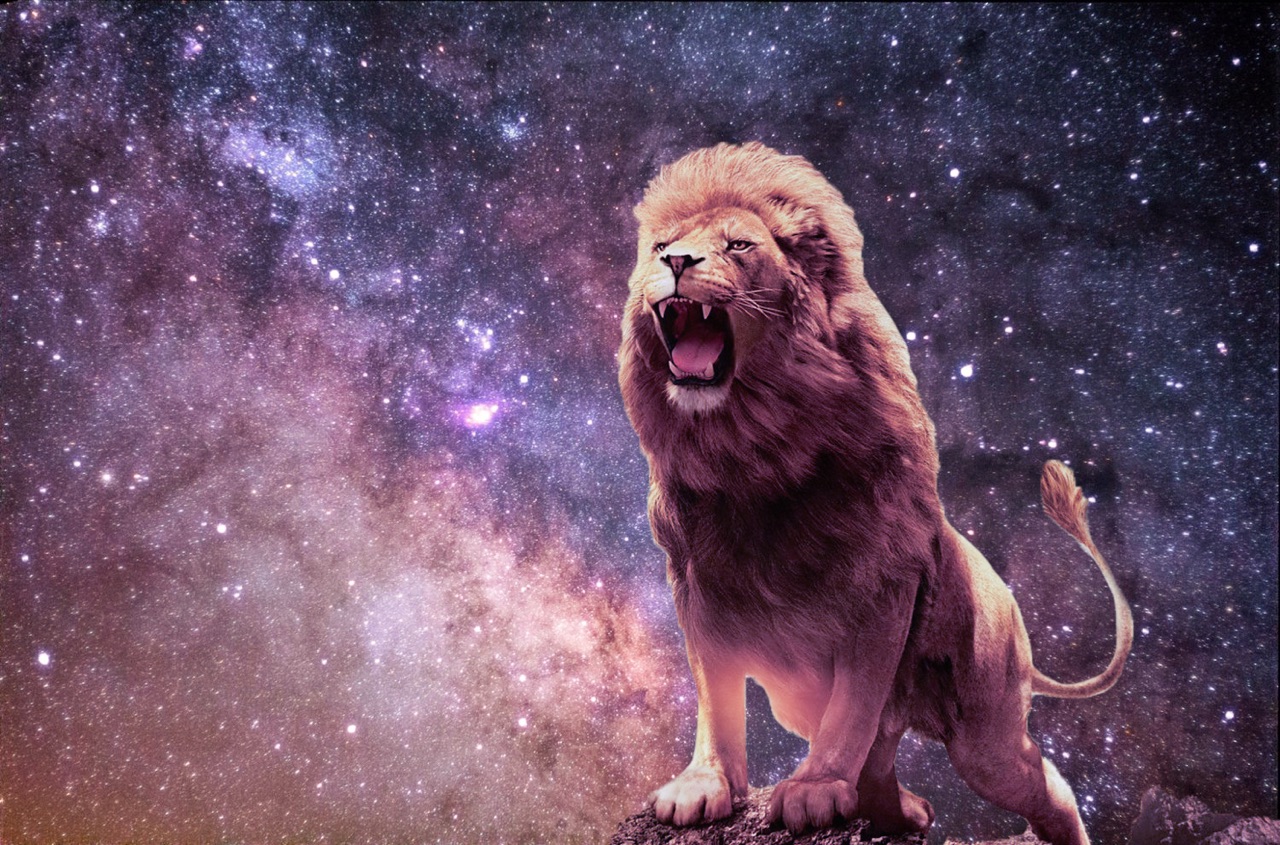Guest C.S. Lewis Scholar Describes Narnia's Connection to Medieval Cosmology
Graphic courtesy of Bernadette Berdychowski
C.S. Lewis expert Michael Ward spoke on his thesis that each of the Chronicles of Narnia represent one of the seven heavens of Medieval cosmology on March 12th.
“In the medieval understanding,” Ward said, “the earth was surrounded, not by empty space, but by a series of ranked concentric spheres or heavens, each heaven with its own planet, and each planet with it own influences that it would shed upon the earth.”
“We don’t believe the universe to be like this anymore. That’s why Lewis calls it The Discarded Image. (C.S. Lewis’s book on medieval literature),”Ward continued to explain.
Ward is a Senior Research Fellow at Blackfriars Hall at the University of Oxford, Professor of Apologetics at Houston Baptist University, and former warden of The Kilns (C.S. Lewis’s home). Ward is also participating in Loconte’s upcoming documentary series on the wartime experience and friendship of Lewis and J.R.R. Tolkien, A Hobbit, a Wardrobe, and a Great War.
After an introduction by Acting President Tim Gibson, Ward began by explaining the argument of his book Planet Narnia.
According to Ward, each of the seven Chronicles of Narnia matches up with one of the seven heavenly planets in medieval cosmology. In the medieval geocentric model, people believed that there were seven layers of the heavens surrounding earth, each with its own planet. Each planet represents a different classical deity as well.
“We don’t believe the universe to be like this anymore. That’s why Lewis calls it The Discarded Image. (C.S. Lewis’s book on medieval literature),” Ward continued to explain.
This is because the model was debunked by Copernicus.
While the planets may not literally function in the way the medievals believed they did, we still need reminding of what the planets represented. Saturn represented sorrow and death, and Jove or Jupiter represented joy and kingship.
Ward quoted Lewis, saying, “Of Saturn we know more than enough, but who does not need to be reminded of Jove.”
The Narnia books are an example of “transferred classicism”, and Prince Caspian is Lewis’s “Martial” story.
Mars is the god of war and the story of Prince Caspian is defined by its major battles. Mars is also the god of the forests, and forests play a prominent role in Prince Caspian.
“Knighthood, chivalry, all things gallant and martial are the inner meaning of this story,” Ward said.
“Even seemingly irrelevant details contribute to that total Martial effect,” such as the chess piece—a knight with a red ruby eye—that the Pevensie children find in the ruins of Cair Paravel, Ward added.
“Knighthood, chivalry, all things gallant and martial are the inner meaning of this story,” Ward said.
Prince Caspian reflects the Biblical commands to “put on the whole armor of God” and “fight the good fight.”
And of course, Aslan is the embodiment of Mars in his noblest form.
Ward argued that Prince Caspian gives us a better understanding of “the hidden God” of Christianity, “who hides himself for good purposes.” Just as God works through all things for the good of those who love Him, so Lewis is the master of the Narnia stories, orchestrating every detail for the good, even as the characters cannot comprehend their meaning.
Furthermore, Prince Caspian reflects the Biblical commands to “put on the whole armor of God” and “fight the good fight.”
When asked which is the best book by C.S. Lewis, Ward answered that the story about the god of joy—Jupiter—is “the book that he was born to write.” That book is The Lion, the Witch, and the Wardrobe.

